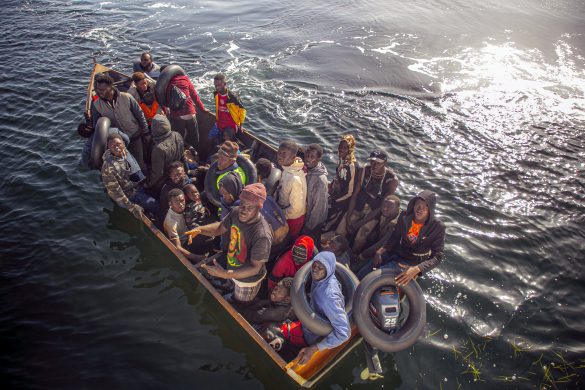GLOBAL: Civilian-military coordination works, despite challenges
NAIROBI, 27 January 2010 (IRIN): Haiti is the latest example of humanitarian agencies and the military working together to provide relief after a disaster – and lessons are still being learnt.
Although civil-military co-operation (CIMIC) has become an integral part of the response to large-scale disasters, every scenario is different, Lieutenant Colonel Denis Sevaistre, specialist in CIMIC and civil emergency planning with the French Army, told IRIN.
A 2008 study, “The effectiveness of foreign military assets in natural disaster response”, by the Stockholm International Peace and Research Institute (SIPRI), together with the UN Office for the Coordination of Humanitarian Affairs (OCHA), highlighted the advantages and pitfalls of involving the military in relief operations following major disasters.
The study looked at military responses to the cyclone in Mozambique (2000), tropical storm Jeanne in Haiti (2004), the Indian Ocean tsunami (2004) and Pakistans Bam earthquake (2005), and based its fin-dings on indicators such as timeliness, appropriateness, efficiency, coor-dination and costs.
The study found that foreign military aid was generally effective in supporting governments and the relief effort, helping to speed up the disaster response and recovery efforts by filling civilian gaps in technical capacity.
It also highlighted that coordinating needs assessment was crucial, not only at the start of the operation but also at the end.
In the case of the Pakistan earthquake, for example, there was very little coordination of requests for, and offers of, foreign military assets in the early stages of the earthquake response; some assistance arrived that was not strictly required, in other cases what was required was not available.
Læs videre på http://www.IRINnews.org/Report.aspx?ReportId=87890














